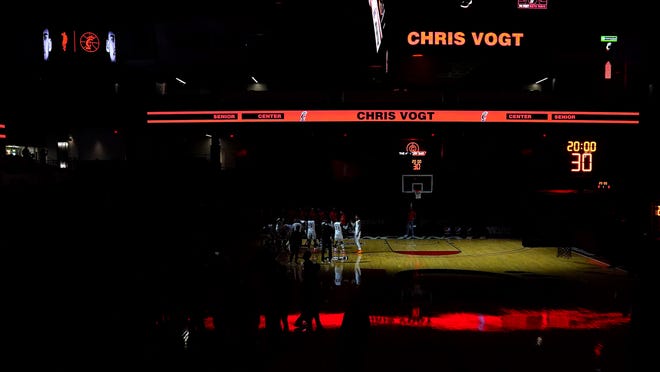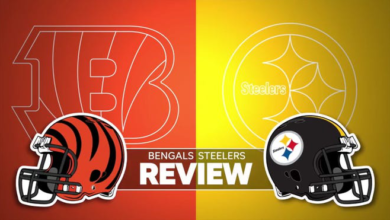

The continued baby formula shortage has thousands of parents turning to Facebook groups as a way to feed their babies. To address the shortage that is affecting at least three-fourths of babies in the country, a North Carolina woman is shipping formula across the states. "I go to the grocery stores and I see what's available, then I stay at the grocery store and I post — there are specific requirements for how you have to post to these groups because some people have been scamming," Maria Shea said, adding that while she receives payment via PayPal after getting the product for parents across the nation, she has also sent out some formula for free if a person can't pay.According to the Centers for Disease Control and Prevention, only 26% of babies in the U.S. are exclusively breastfed, and Priscilla González's 2-month-old twins are among the 74% of babies not exclusively breastfed."When we were about to get discharged, I kind of into a panic because my milk hadn't come in and I didn't know what I was going to do," González said.As she and other parents keep looking for baby formula that they're depending on, she's grateful for the social media community that helped her when she was in a pinch."We have a Facebook page and so anytime any of the neighbors go to the store, they post a picture of the formula aisle and post it on the page with a timestamp so that people in the community know where to go if they're looking for a specific one," González said.However, officials are asking mothers to heed caution when turning to social media as scammers run amock. "We've seen consumers report scams where they're actually seeing them on social media because it's so easy, whether it's through a direct message or an external link," said Alma Galvan, a marketing manager for the Better Business Bureau.Galvan said you can report fake ads or websites to the BBB's scam tracker. By doing this, you can stop another parent from being scammed.Doctors are also sending out a warning against making your own formula or buying breastmilk from the internet."It's very risky because you don't know what medications that breastfeeding person is on and all those medications go through the milk and there are certain infections that can pass through the breast milk," said Erik Fernández y García, an associate professor for Clinical Pediatrics at UC Davis.He also warns against ordering formulas from other countries since those aren't regulated by the U.S. Food and Drug Administration.The Human Milk Banking Association of North America accredits nonprofit milk banks, including two locations in California.What to do about homemade, watered-down and imported baby formulaThe American Academy of Pediatrics and the Food and Drug Administration is strongly advising against homemade formula since it has already led to infant hospitalizations and death.Likewise, with watered-down formula, UC Davis Well Newborn Care Medical Director Laura Kair said diluting formula by using too much water can be dangerous to a baby's health.Infant formula outside of the U.S. does not meet FDA requirements and could be distributed by third-party vendors that are not required to follow U.S. safety standards.Watch the video above for the full story.
The continued baby formula shortage has thousands of parents turning to Facebook groups as a way to feed their babies.
To address the shortage that is affecting at least three-fourths of babies in the country, a North Carolina woman is shipping formula across the states.
"I go to the grocery stores and I see what's available, then I stay at the grocery store and I post — there are specific requirements for how you have to post to these groups because some people have been scamming," Maria Shea said, adding that while she receives payment via PayPal after getting the product for parents across the nation, she has also sent out some formula for free if a person can't pay.
According to the Centers for Disease Control and Prevention, only 26% of babies in the U.S. are exclusively breastfed, and Priscilla González's 2-month-old twins are among the 74% of babies not exclusively breastfed.
"When we were about to get discharged, I kind of into a panic because my milk hadn't come in and I didn't know what I was going to do," González said.
As she and other parents keep looking for baby formula that they're depending on, she's grateful for the social media community that helped her when she was in a pinch.
"We have a Facebook page and so anytime any of the neighbors go to the store, they post a picture of the formula aisle and post it on the page with a timestamp so that people in the community know where to go if they're looking for a specific one," González said.
However, officials are asking mothers to heed caution when turning to social media as scammers run amock.
"We've seen consumers report scams where they're actually seeing them on social media because it's so easy, whether it's through a direct message or an external link," said Alma Galvan, a marketing manager for the Better Business Bureau.
Galvan said you can report fake ads or websites to the BBB's scam tracker. By doing this, you can stop another parent from being scammed.
Doctors are also sending out a warning against making your own formula or buying breastmilk from the internet.
"It's very risky because you don't know what medications that breastfeeding person is on and all those medications go through the milk and there are certain infections that can pass through the breast milk," said Erik Fernández y García, an associate professor for Clinical Pediatrics at UC Davis.
He also warns against ordering formulas from other countries since those aren't regulated by the U.S. Food and Drug Administration.
The Human Milk Banking Association of North America accredits nonprofit milk banks, including two locations in California.
What to do about homemade, watered-down and imported baby formula
The American Academy of Pediatrics and the Food and Drug Administration is strongly advising against homemade formula since it has already led to infant hospitalizations and death.
Likewise, with watered-down formula, UC Davis Well Newborn Care Medical Director Laura Kair said diluting formula by using too much water can be dangerous to a baby's health.
Infant formula outside of the U.S. does not meet FDA requirements and could be distributed by third-party vendors that are not required to follow U.S. safety standards.
Watch the video above for the full story.
Source link








